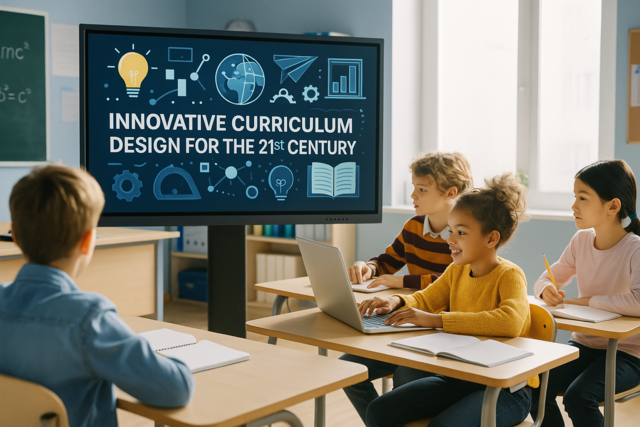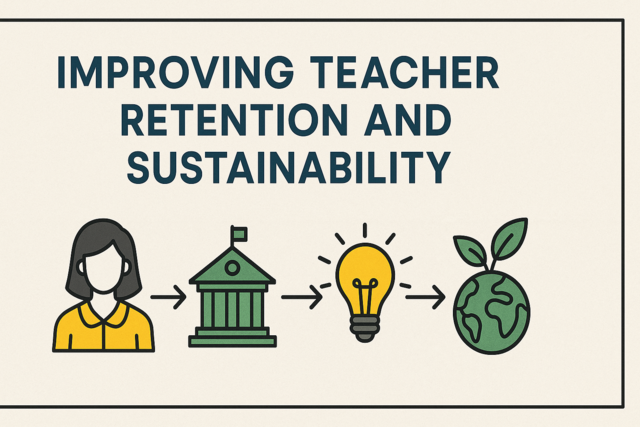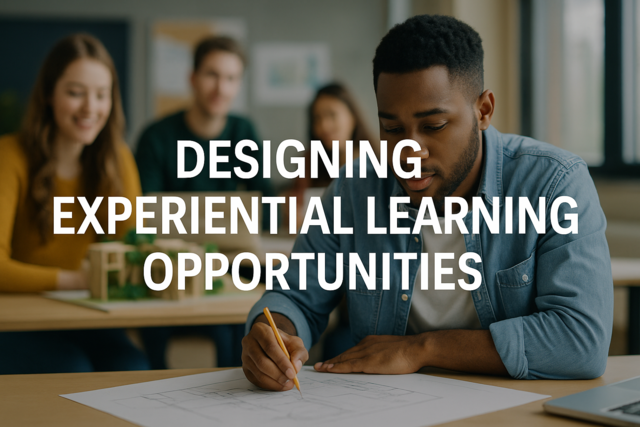Online Class: Understanding Learning Styles and Preferences

no certificate
with CEU Certificate*
-
15Lessons
-
22Exams &
Assignments -
7Hours
average time -
0.7CEUs
Course Description
Are you ready to harness the full power of your mind and revolutionize the way you learn? Welcome to "Understanding Learning Styles and Preferences," a transformative course that transcends traditional education and opens the gateway to personalized learning potentials. Here, you will embark on a journey that redefines your approach to acquiring knowledge, arms you with the tools to learn more effectively, and ignites a newfound passion for lifelong learning. This course is not just an academic pursuit—it is a catalyst for personal and professional growth, setting you on a path to unlock your true potential.
Imagine an educational experience tailored just for you, where understanding your unique learning style propels you toward success. This course lets you discover the richness of diverse learning modalities—from visual to auditory, kinesthetic to reading/writing—equipping you to absorb information in ways that resonate deeply with your individual strengths. It's a personalized odyssey that promises to transform abstract concepts into vivid experiences, enhance comprehension, and ultimately, boost retention. By enrolling, you join a community of curious minds, driven by a common goal: to master their learning journey in a dynamic, supportive environment.
Throughout this course, you'll explore the fascinating evolution of learning styles theory, from historical roots laid down by pioneers like Jung and Kolb to the contemporary integration of neuroscience insights and the multiple intelligences framework. Each module delves deep into how these groundbreaking ideas impact modern education, offering you a robust understanding of why personalized learning is the key to engagement and success.
Visual learners will uncover new ways to harness digital tools and visual aids, transforming the way they structure and recall information. Auditory learners will learn to thrive in discussion-rich environments, enhancing their verbal problem-solving abilities. Kinesthetic learners will discover the power of movement in learning, internalizing concepts through hands-on activities that also foster creativity and problem-solving skills. Meanwhile, reading/writing aficionados will engage with complex ideas through strategic content curation, supported by adaptive technologies for a more enriched learning experience.
But this course is about more than just identifying your learning style—it's about empowering you to apply this knowledge in real-world contexts. Whether you are a teacher aspiring to engage more effectively with your students, a professional seeking to improve your skill set, or a lifelong learner eager to understand how you learn best, this course provides the insights and strategies necessary to adapt and thrive in any educational or professional environment.
Moreover, "Understanding Learning Styles and Preferences" uniquely addresses the influence of cultural dimensions on educational methods, acknowledging how societal values shape learning experiences. This exploration equips you with a broader perspective, fostering inclusivity and empathy in your interactions and collaborations.
Your journey is supported by the latest educational technologies that cater to diverse learning preferences, enhancing accessibility and engagement. By embracing these innovations, you'll bridge learning gaps and ensure a comprehensive understanding of the content that matters most to you. Assistive tools such as mind mapping and text-to-speech software transform learning into a multisensory adventure, opening doors for all learners, including those with disabilities, to gain greater access to knowledge.
At course completion, you'll hold more than just newfound knowledge—you'll possess a metamorphic understanding of yourself and your learning capabilities, armed with practical strategies to excel in any field you desire. In the hyper-competitive landscape of today's education and job markets, this course offers you the advantage of adaptability, confidence, and the mastery of learning on your terms.
Seize this opportunity to revolutionize your educational journey. Enroll in "Understanding Learning Styles and Preferences" today, and step into a future where your learning preferences are not just understood but celebrated. Create, communicate, and collaborate with unwavering confidence—your personal and professional growth awaits, and it begins with the decision to choose a course that's truly tailored to what matters most: you.
- Completely Online
- Self-Paced
- 6 Months to Complete
- 24/7 Availability
- Start Anytime
- PC & Mac Compatible
- Android & iOS Friendly
- Accredited CEUs

Course Lessons
Beyond One Size Fits All: Tailored Educational Strategies
The blend of neuroscience insights and multiple intelligence theories reshapes educational landscapes, fostering adaptive learning environments. By valuing each learner's strengths, education becomes a tool for maximizing cognitive and emotional engagement, nurturing lifelong learners.The Evolutionary Path of Learning Styles: From Historical Roots to Modern Applications
Historical models like Jung's psychological types and Kolb's Experiential Learning Theory underscore the impact of diverse learning styles on effective education. Modern critiques and technology highlight cognitive flexibility, encouraging educators to combine varied approaches for a balanced, adaptive learning environment.Picture Perfect: The Impact of Visual Learning on Academic Success
Incorporating visual tools such as maps, mind maps, and digital applications supports visual learners in structuring information effectively. This strategy also aids in transforming abstract ideas into coherent concepts, fostering greater comprehension and retention.Listening for Success: The Auditory Learning Advantage
Those who learn auditorily thrive in discussion-rich environments like debate clubs or drama sessions and prefer verbal problem-solving. Incorporating audio-centric environments and feedback allows them to express understanding, internalize material, and leverage their knack for verbal communication.Movement: The Catalyst for Cognitive Development
Kinesthetic learning transforms traditional education by prioritizing physical engagement, enabling learners to internalize information through activities that require active participation. This methodology not only captivates kinesthetic learners but also cultivates creativity and problem-solving skills, making it a vital component in modern, inclusive educational settings.VARK and Beyond: Understanding Reading/Writing Learners
Educational strategies today recognize diverse learning styles, merging reading and writing with interdisciplinary approaches and technology for dynamic engagement. Adaptive technologies offer personalized learning experiences, maintaining reading and writing's relevance in modern education.Harnessing the Full Spectrum of Learning Styles
By catering to unique learning styles such as visual, auditory, kinesthetic, and tactile, multi-modal learning transforms education into a tailored experience that nurtures curiosity and maximizes retention. This approach, driven by technology, enhances accessibility and collaboration, ensuring students face future challenges with confidence and creativity.Learning Styles Simplified
Teachers can better meet student needs by employing a mix of teaching methods, from traditional lectures to flipped classrooms, complementing various learning styles. This dynamic approach encourages both engagement and comprehensive understanding in subjects such as history and science.Discovering Your Unique Learning Style: A Journey Toward Personal Growth
Recognizing your personal learning style is empowering, enhancing educational engagements by turning individual strengths into tailored strategies. As learners embrace audio, visual, kinesthetic, and reading/writing modalities, they transform abstract concepts into vivid experiences that boost comprehension and retention.Unlocking Potential Through the VARK and Multiple Intelligences Frameworks
Personalization in learning amplifies student autonomy and intrinsic motivation, transforming education from a mere obligation to a fulfilling pursuit. Recognizing individual styles and strengths leads to a more inclusive, student-focused educational landscape.Unpacking Cultural Dimensions: A Deep Dive into Educational Influences
Understanding cultural dimensions enhances learning by acknowledging how societal values shape educational experiences, influencing approaches such as individualism versus collectivism and power distance. Educators use these insights to tailor teaching methods, fostering inclusive and effective learning environments.Harnessing Digital Tools to Cater to Diverse Learning Styles
Modern educational platforms provide visual learners with dynamic graphics and videos, auditory learners with podcasts, and kinesthetic learners with virtual labs, supporting personalized engagement. By embracing diverse learning modalities, these platforms bridge learning gaps, ensuring inclusive access and fostering holistic understanding.Learning Styles: A Journey Through Time
The evolution of learning style theories highlights the complex ways humans process and retain information, paving the way for more personalized educational strategies. This journey underscores the importance of both educators and students recognizing unique learning methods to maximize engagement and understanding.Unlocking Success: Adapting Education to Individual Learning Styles
Understanding and catering to individual learning styles unlocks students' potential by offering tailored educational strategies. By leveraging visual, auditory, and kinesthetic methods, educators enrich the learning experience, accommodating diverse needs in classrooms.Rethinking Learning with Technology
Assistive technologies such as mind mapping and text-to-speech software play a critical role in accommodating diverse learning preferences, transforming educational content delivery into multisensory experiences. Through tools like these, students with disabilities gain greater access to knowledge, fostering a more inclusive and engaging learning environment.
Learning Outcomes
- Analyze the impact of flexible teaching methods that cater to multiple learning styles on student motivation and academic achievement.
- Define the eight types of intelligences proposed by Howard Gardner and give examples of how each can be applied in an educational setting.
- Demonstrate the ability to create and implement a lesson plan incorporating varied learning styles to promote inclusivity and effectiveness.
- Evaluate the effectiveness of educational technologies in addressing diverse learning preferences and enhancing the learning experience for students with different intelligence types.
- Identify and differentiate between the VAK and VARK learning models, describing how each sensory mode can influence teaching strategies and student engagement.
- Identify the key contributors to learning style theories and describe their impact on educational practices using specific examples.
- Recognize and explain the main differences between various learning styles models, such as VAK and Multiple Intelligences, and how they inform adaptive teaching strategies.
- Demonstrate the ability to apply specific visual strategies, such as creating mind maps or using color-coded notes, to organize information effectively and improve comprehension.
- Describe how visual learning techniques can enhance memory retention by utilizing visual aids like diagrams and charts in complex subjects like chemistry or history.
- Define the key characteristics and preferences of auditory learners through examples of effective auditory learning environments.
- Demonstrate the application of strategies that enhance educational experiences for auditory learners by crafting audio-centric study plans.
- Define the characteristics of kinesthetic learners by analyzing their preferred learning styles and environments, focusing on movement and hands-on activities.
- Demonstrate how incorporating kinesthetic learning strategies in different subjects, such as geometry and biology, enhances comprehension and retention through practical application and physical interaction.
- Demonstrate mastery of lesson content at levels of 70% or higher.
Additional Course Information

- Document Your Lifelong Learning Achievements
- Earn an Official Certificate Documenting Course Hours and CEUs
- Verify Your Certificate with a Unique Serial Number Online
- View and Share Your Certificate Online or Download/Print as PDF
- Display Your Certificate on Your Resume and Promote Your Achievements Using Social Media

Choose Your Subscription Plan
No Certificate / No CEUs
This course only
| Includes certificate | X |
| Includes CEUs | X |
| Self-paced |

|
| Instructor support |

|
| Time to complete | 6 months |
| No. of courses | 1 course |
Certificate & CEUs
This course only
| Includes certificate |

|
| Includes CEUs |

|
| Self-paced |

|
| Instructor support |

|
| Time to complete | 6 months |
| No. of courses | 1 course |
Certificates & CEUs
Includes all 600+ courses
| Includes certificate |

|
| Includes CEUs |

|
| Self-paced |

|
| Instructor support |

|
| Time to complete | 12 Months |
| No. of courses | 600+ |
Certificates & CEUs
Includes all 600+ courses
| Includes certificate |

|
| Includes CEUs |

|
| Self-paced |

|
| Instructor support |

|
| Time to complete | 24 Months |
| No. of courses | 600+ |
Related Courses
-
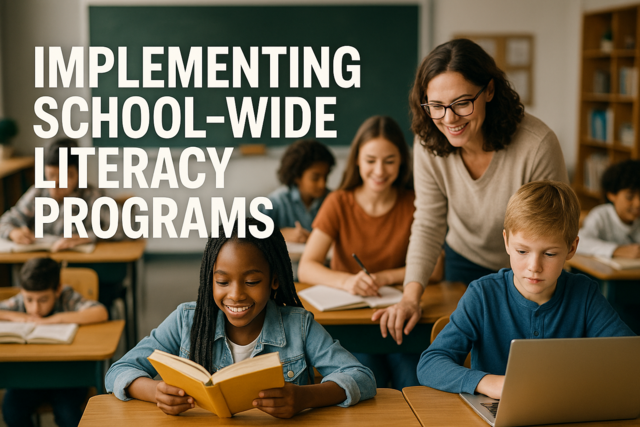 5 hours
0.5 CEUs
Implementing School-Wide Literacy Programs
+ More Info
5 hours
0.5 CEUs
Implementing School-Wide Literacy Programs
+ More Info
-
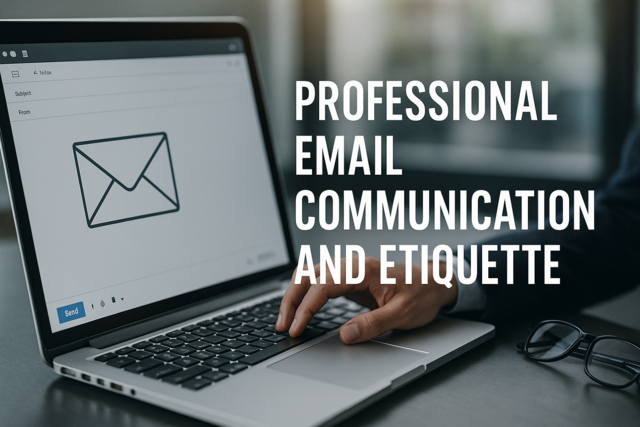 7 hours
0.7 CEUs
Professional Email Communication and Etiquette
+ More Info
7 hours
0.7 CEUs
Professional Email Communication and Etiquette
+ More Info
-
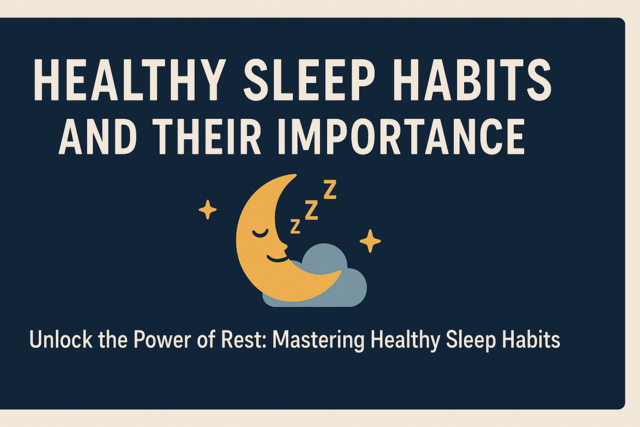 7 hours
0.7 CEUs
Healthy Sleep Habits and Their Importance
+ More Info
7 hours
0.7 CEUs
Healthy Sleep Habits and Their Importance
+ More Info
-
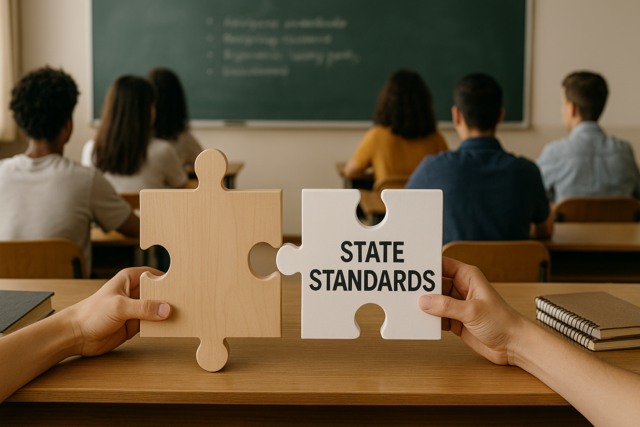 7 hours
0.7 CEUs
Aligning Curriculum with State Standards
+ More Info
7 hours
0.7 CEUs
Aligning Curriculum with State Standards
+ More Info
-
 4 hours
0.4 CEUs
Elite Ensembles: Crafting Timeless Women's Looks
+ More Info
4 hours
0.4 CEUs
Elite Ensembles: Crafting Timeless Women's Looks
+ More Info
-
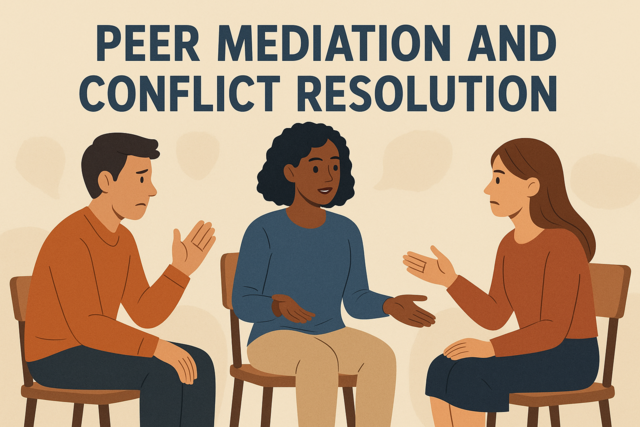 6 hours
0.6 CEUs
Peer Mediation and Conflict Resolution
+ More Info
6 hours
0.6 CEUs
Peer Mediation and Conflict Resolution
+ More Info
-
 6 hours
0.6 CEUs
The Vogue of Now: An Insight into Modern Fashion Trends
+ More Info
6 hours
0.6 CEUs
The Vogue of Now: An Insight into Modern Fashion Trends
+ More Info
-
 5 hours
0.5 CEUs
Conscious Living: Mastering Mindfulness
+ More Info
5 hours
0.5 CEUs
Conscious Living: Mastering Mindfulness
+ More Info
-
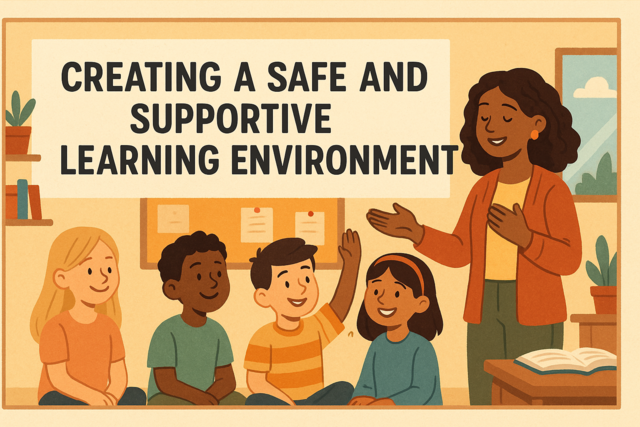 5 hours
0.5 CEUs
Creating a Safe and Supportive Learning Environment
+ More Info
5 hours
0.5 CEUs
Creating a Safe and Supportive Learning Environment
+ More Info
-
 4 hours
0.4 CEUs
Introduction to Supply Chain Management
+ More Info
4 hours
0.4 CEUs
Introduction to Supply Chain Management
+ More Info
-
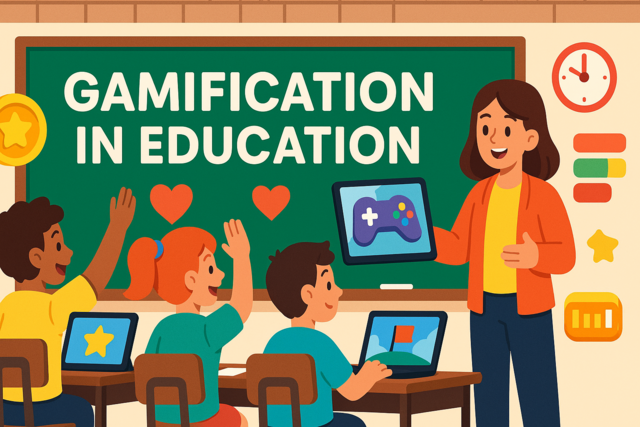 4 hours
0.4 CEUs
Gamification in Education
+ More Info
4 hours
0.4 CEUs
Gamification in Education
+ More Info
-
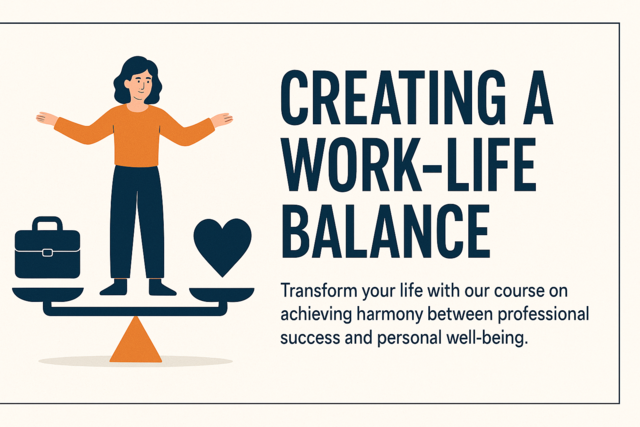 6 hours
0.6 CEUs
Creating a Work-Life Balance
+ More Info
6 hours
0.6 CEUs
Creating a Work-Life Balance
+ More Info
-
 7 hours
0.7 CEUs
Advanced PowerPoint Presentation Skills
+ More Info
7 hours
0.7 CEUs
Advanced PowerPoint Presentation Skills
+ More Info
-
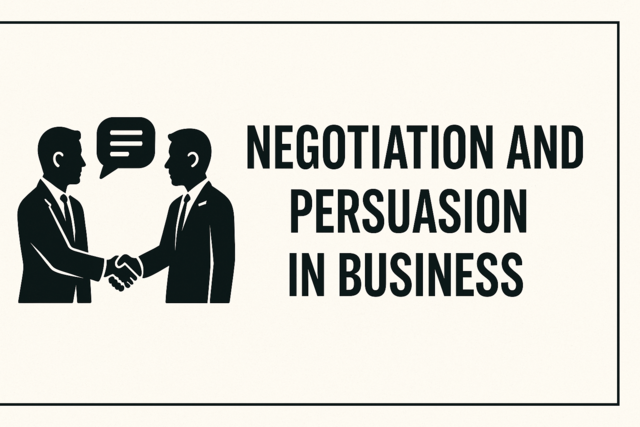 7 hours
0.7 CEUs
Negotiation and Persuasion in Business
+ More Info
7 hours
0.7 CEUs
Negotiation and Persuasion in Business
+ More Info
-
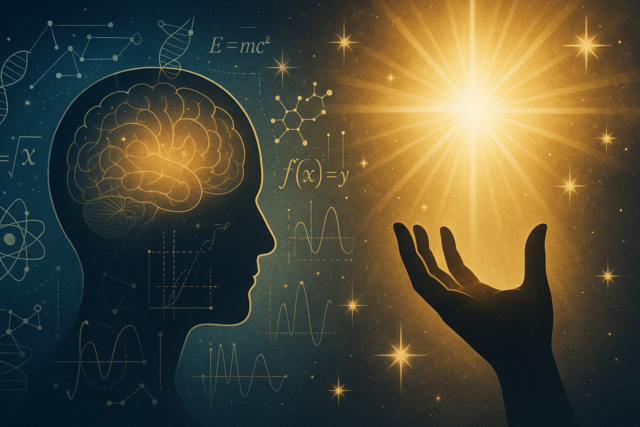 7 hours
0.7 CEUs
The Science of Miracles: When Logic Defies Understanding
+ More Info
7 hours
0.7 CEUs
The Science of Miracles: When Logic Defies Understanding
+ More Info
-
 7 hours
0.7 CEUs
Developing and Maintaining Healthy Habits
+ More Info
7 hours
0.7 CEUs
Developing and Maintaining Healthy Habits
+ More Info
-
 4 hours
0.4 CEUs
Facilitating Online and Hybrid Learning
+ More Info
4 hours
0.4 CEUs
Facilitating Online and Hybrid Learning
+ More Info
-
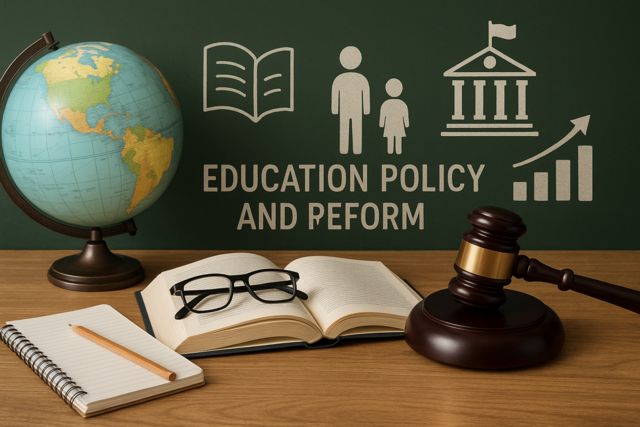 3 hours
0.3 CEUs
Education Policy and Reform: Impact and Implications
+ More Info
3 hours
0.3 CEUs
Education Policy and Reform: Impact and Implications
+ More Info
-
 7 hours
0.7 CEUs
Vintage Visions: Integrating Past Styles in Modern Luxury
+ More Info
7 hours
0.7 CEUs
Vintage Visions: Integrating Past Styles in Modern Luxury
+ More Info
-
 6 hours
0.6 CEUs
Public Speaking with Confidence
+ More Info
6 hours
0.6 CEUs
Public Speaking with Confidence
+ More Info
-
 5 hours
0.5 CEUs
Coaching and Mentoring Skills
+ More Info
5 hours
0.5 CEUs
Coaching and Mentoring Skills
+ More Info
-
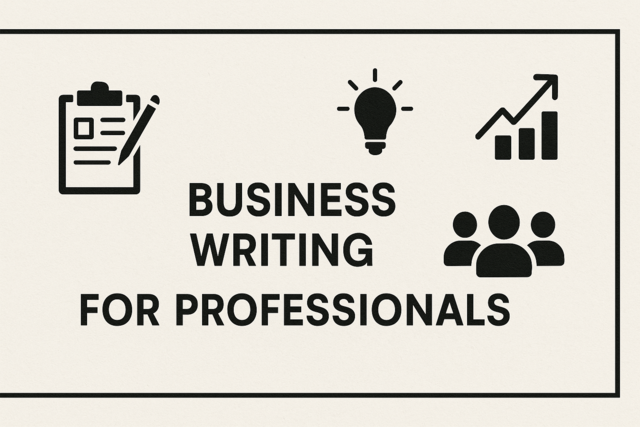 4 hours
0.4 CEUs
Business Writing for Professionals
+ More Info
4 hours
0.4 CEUs
Business Writing for Professionals
+ More Info
-
 4 hours
0.4 CEUs
Developing Individualized Education Programs (IEPs): Best Practices
+ More Info
4 hours
0.4 CEUs
Developing Individualized Education Programs (IEPs): Best Practices
+ More Info
-
 7 hours
0.7 CEUs
The Power of Vulnerability: Authentic Connections in a Busy World
+ More Info
7 hours
0.7 CEUs
The Power of Vulnerability: Authentic Connections in a Busy World
+ More Info
-
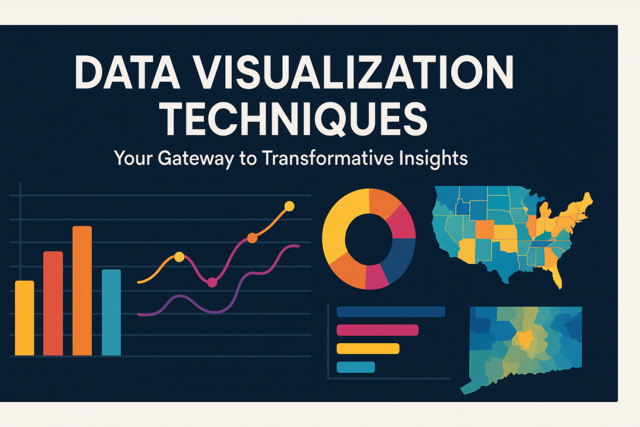 5 hours
0.5 CEUs
Data Visualization Techniques
+ More Info
5 hours
0.5 CEUs
Data Visualization Techniques
+ More Info
-
 4 hours
0.4 CEUs
Rising Above Resentment: Healing Through Forgiveness
+ More Info
4 hours
0.4 CEUs
Rising Above Resentment: Healing Through Forgiveness
+ More Info
-
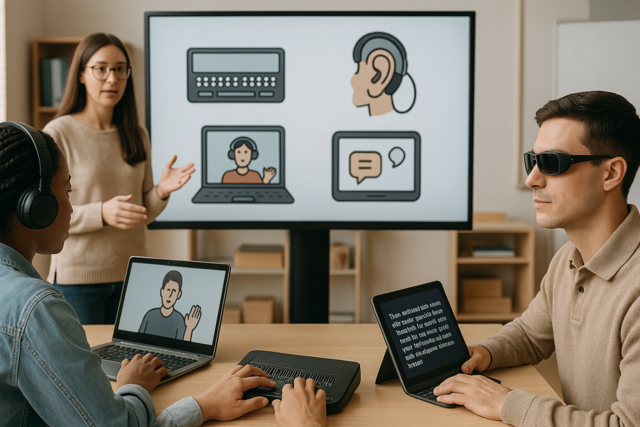 7 hours
0.7 CEUs
Assistive Technology for Vision and Hearing Impairments
+ More Info
7 hours
0.7 CEUs
Assistive Technology for Vision and Hearing Impairments
+ More Info
-
 4 hours
0.4 CEUs
Unlocking Resilience: Techniques for Tough Times
+ More Info
4 hours
0.4 CEUs
Unlocking Resilience: Techniques for Tough Times
+ More Info
-
 4 hours
0.4 CEUs
Critical Thinking and Problem Solving Techniques
+ More Info
4 hours
0.4 CEUs
Critical Thinking and Problem Solving Techniques
+ More Info
-
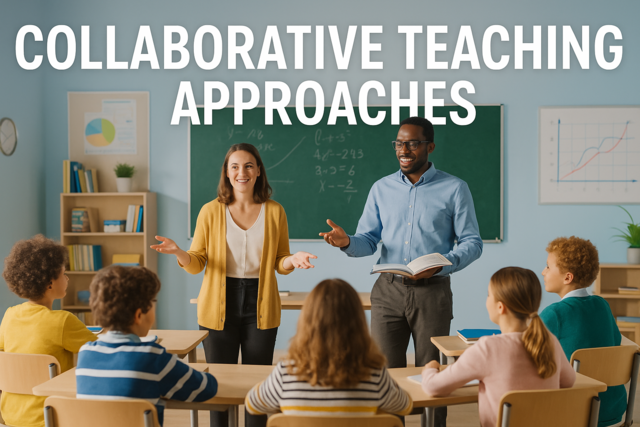 3 hours
0.3 CEUs
Collaborative Teaching Approaches
+ More Info
3 hours
0.3 CEUs
Collaborative Teaching Approaches
+ More Info
-
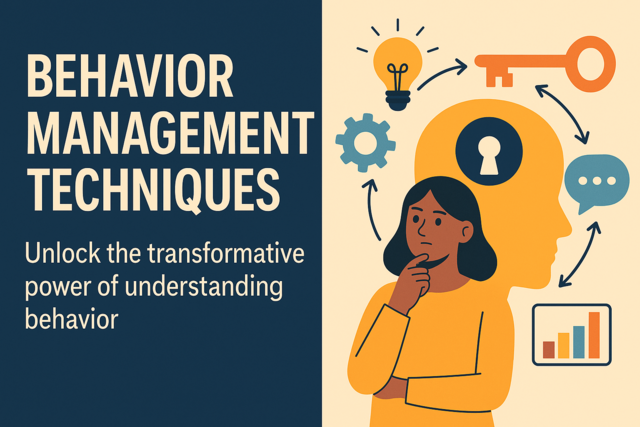 6 hours
0.6 CEUs
Behavior Management Techniques
+ More Info
6 hours
0.6 CEUs
Behavior Management Techniques
+ More Info
-
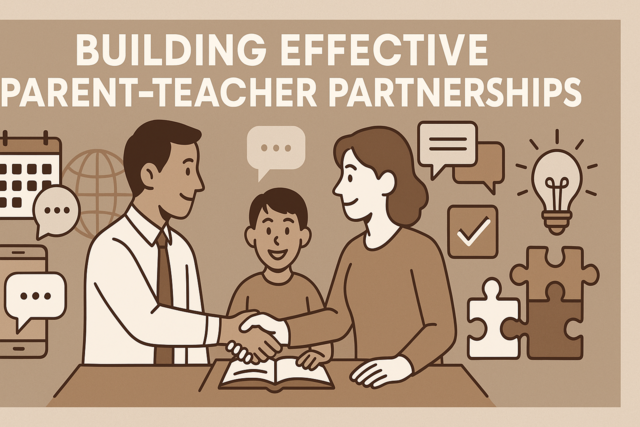 6 hours
0.6 CEUs
Building Effective Parent-Teacher Partnerships
+ More Info
6 hours
0.6 CEUs
Building Effective Parent-Teacher Partnerships
+ More Info
-
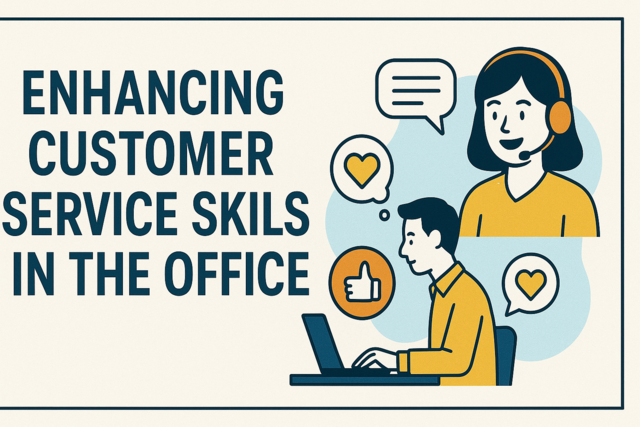 6 hours
0.6 CEUs
Enhancing Customer Service Skills in the Office
+ More Info
6 hours
0.6 CEUs
Enhancing Customer Service Skills in the Office
+ More Info
-
 6 hours
0.6 CEUs
Leadership Skills for Instructional Coaches
+ More Info
6 hours
0.6 CEUs
Leadership Skills for Instructional Coaches
+ More Info
-
 5 hours
0.5 CEUs
Culturally Responsive Teaching Practices
+ More Info
5 hours
0.5 CEUs
Culturally Responsive Teaching Practices
+ More Info
-
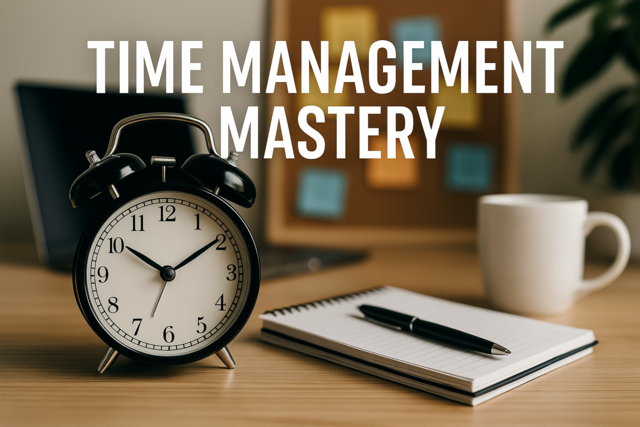 4 hours
0.4 CEUs
Time Management Mastery
+ More Info
4 hours
0.4 CEUs
Time Management Mastery
+ More Info
-
 3 hours
0.3 CEUs
Beyond the Veil: Mysteries of Life After Death
+ More Info
3 hours
0.3 CEUs
Beyond the Veil: Mysteries of Life After Death
+ More Info
-
 4 hours
0.4 CEUs
Principles of Adult Learning Theory
+ More Info
4 hours
0.4 CEUs
Principles of Adult Learning Theory
+ More Info


